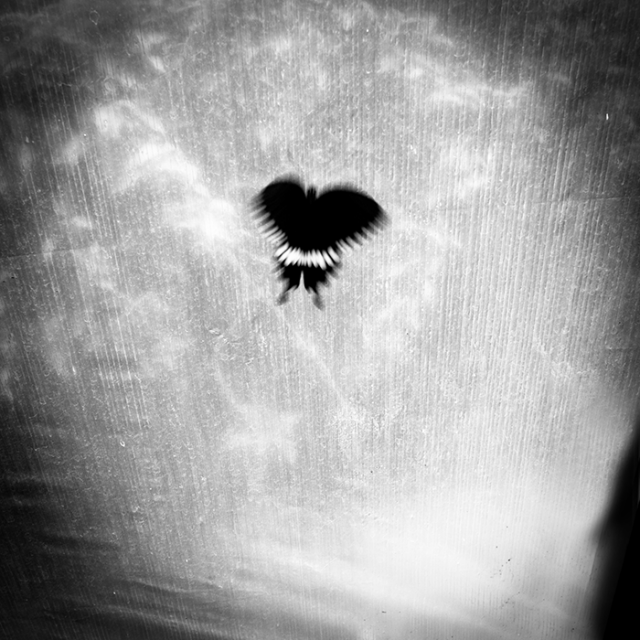
From “Longing,” Prabuddha Dasgupta. From the Spring 2012 Issue of The Review.
I like the ashes on Ash Wednesday. I am at best a lapsed Catholic though it would be more accurate to say that I never really began, just that I was raised against the backdrop of already-faded-Catholicism and its associated traumas, now transmuted and passed on in their mysterious ways to me. I inherited also the pining and the predilection that many Americans have for certain things to do with Ireland. In San Francisco, I used to drink afternoons after I got off work at an Irish bar in Noe Valley, the Valley Tavern, or a different Irish bar downtown, the Chieftain, or sometimes come to think of it an Irish bar on Guerrero with big windows where my friend Graham and I used to like to watch the rain. San Francisco is a more Catholic city than most people think, and more Irish too. More Irish American, which is really what I am talking about: girls in red school uniforms and tennis shoes outside the Convent of the Sacred Heart, looking forward to football games Friday nights at St. Ignatius, the high school by the church where my feet were washed as a kid on Holy Thursday. The gold beads strewn on the street after St. Patrick’s Day parades, orange-and-green bumper stickers for a united Ireland overlaid with 49ers insignia. There are things like that everywhere, I know. But then there is the way the fog rolls in in the afternoon, bone-chillingly damp, and the washed-up light on the pink facades in the Richmond, the looming lonesome palm trees lining the meridians. And the illuminated signs for old-school strip clubs as you drive into North Beach and the Tenderloin—or the one I always liked that read JOEY’S ICE CREAM ESPRESSO SAUSAGE WASH AND DRY. Now I have lost the thread of religion. Really I am just watching the movie of my childhood again. I have a memory of dust motes floating around in a shaft of light and trying to catch them in my hands, one long afternoon, or maybe many afternoons, or never. It’s just an image.
The ashes are an image too—ashes to ashes, dust to dust. Images like those that appear in Cheever’s journals, which are essentially liturgical, always marking the coming and going of Lent and Easter, because that is what gives a year order. He makes lists: “The calendar of flowers, gin bottles, steak bones.” I meant to say something about sacrifice and self-denial, but I am also just making lists of things I have seen. Another year has gone by and it has not been an easy one. Many times I think of those Irish bars in San Francisco, their promise of interior and quiet and calm, and the allure of darkness in the afternoon. Cheever writes about the way the impulse toward self-destruction can be, at the beginning, as small as a grain of sand. “Do not drink. Do not et cetera, et cetera.” So there is something about self-denial after all. Last February, this time, I was driving south from Mendocino, past surf motels with vacancy signs. California feels washed out this time of year, eucalyptus bark stripped off all the trees, the sensation of erosion present. Yet there is effulgence too, even in this season, when it rains or is supposed to. One year in the hills north of the city: remarkable yellow blooms coating the hills like a carpet and everything brown for once astounding green. In “Ash Wednesday,” T. S. Eliot’s writes of those “who walked between the violet and the violet / Who walked between / The various ranks of varied green.” I walk through the valley of the shadow of death—a phrase that comes to mind, strangely, all the time, though I must remind myself of its coda: I will fear no evil, for thou art with me. (Are you, after all?) I picture a valley between two steep jagged cliffs, maybe I saw one in an illustrated children’s Bible, and between the cliffs in shadow, a long stretch of grass on a long road with no clear end, but it is after all a vibrant endless green.
Sophie Haigney is the web editor at The Review.
from The Paris Review https://ift.tt/d0lZrxt
Comments
Post a Comment